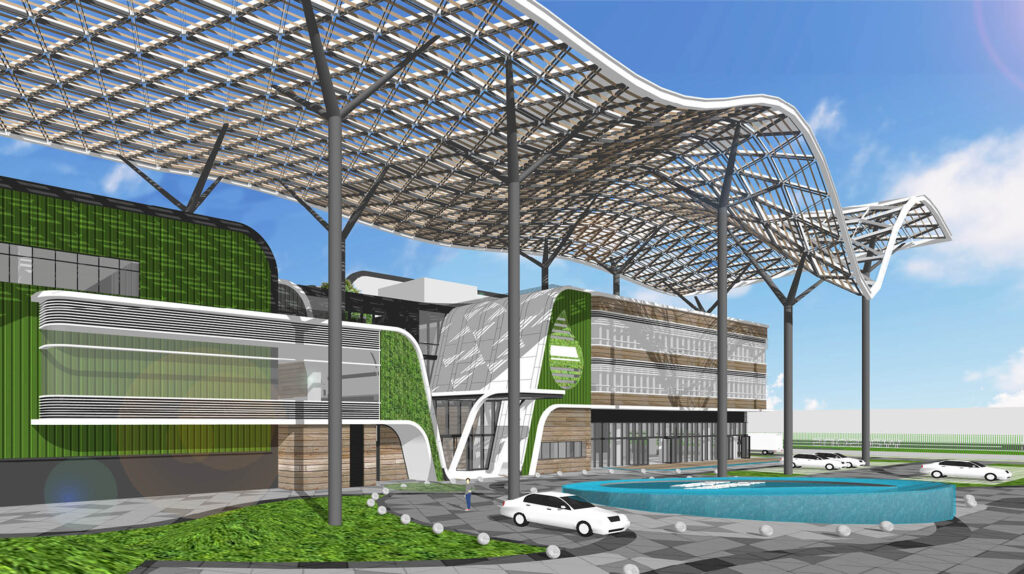In today’s fast-evolving construction and infrastructure landscape, digital twin technology is revolutionizing how buildings and assets are designed, constructed, and managed. At the forefront of this digital transformation in the UK is DiagramX, a consultancy that combines deep industry knowledge with advanced technology to deliver smarter, more efficient projects.
But what exactly are digital twins—and how does DiagramX use them to improve project outcomes? Let’s explore.
1What Is a Digital Twin?
A digital twin is a dynamic, virtual replica of a physical asset, system, or process. It integrates real-time data from sensors, BIM (Building Information Modelling), and other sources to mirror the real-world condition, operation, and performance of the asset.
In the built environment, digital twins offer powerful insights throughout a project’s lifecycle—from planning and construction to operation and maintenance.
1. Seamless Integration of Design and Reality
DiagramX leverages digital twin platforms to connect 3D models and BIM data with real-time sensor inputs and scanned environments. This ensures that the digital version of a project always reflects its current state, even as conditions evolve on-site.
By bridging the gap between design intent and real-world execution, DiagramX enables faster issue resolution, fewer change orders, and a more predictable construction process.
2. Real-Time Monitoring and Performance Analysis
DiagramX incorporates live data feeds from IoT sensors—tracking everything from structural stress and temperature to occupancy and energy consumption. These insights are then visualized within the digital twin, allowing clients to:
- Monitor performance remotely
- Predict maintenance needs
- Detect anomalies early
- Reduce downtime and risk
For facility managers and asset owners, this means proactive decision-making and long-term cost savings.
3. Scenario Planning and Simulation
One of the most powerful benefits of DiagramX’s digital twin approach is the ability to simulate “what-if” scenarios. Clients can explore how a proposed change—like adding a new HVAC system or changing building materials—will affect energy use, occupant comfort, or lifecycle cost.
This simulation capability ensures better-informed decisions before committing resources, helping avoid costly missteps.
4. Enhanced Stakeholder Collaboration
With DiagramX’s cloud-based digital twin platforms, project stakeholders—from architects and engineers to contractors and owners—can collaborate in real time. Interactive 3D environments make it easier to:
- Review design changes
- Track progress
- Conduct virtual walkthroughs
- Coordinate teams more effectively
This transparency improves communication and accelerates decision-making across all phases of the project.
5. Enabling Sustainable and Smart Asset Management
Beyond construction, DiagramX extends the power of digital twins into asset operation and sustainability management. By continuously collecting data on energy performance, material degradation, and occupant behavior, DiagramX helps clients:
- Achieve environmental targets
- Reduce carbon footprints
- Optimize building usage
- Plan for long-term refurbishments
This approach aligns with modern goals for net-zero carbon, circular construction, and smart city development.
Real-World Impact: Delivering Measurable Outcomes
DiagramX’s use of digital twins has consistently led to better project outcomes, including:
- 20–30% faster project delivery
- Improved compliance with safety and regulatory standards
- Reduction in rework and project costs
- Smarter, data-driven facilities management
These benefits are not just theoretical—they’re visible in DiagramX’s partnerships with leading developers, architects, and public sector bodies across the UK.
Conclusion
Digital twin technology is no longer optional—it’s the future of construction and infrastructure development. With DiagramX leading the way, UK projects are becoming smarter, safer, and more sustainable.
By combining deep technical expertise with advanced digital tools, DiagramX doesn’t just build structures—it builds intelligent systems that evolve, adapt, and perform over time.


